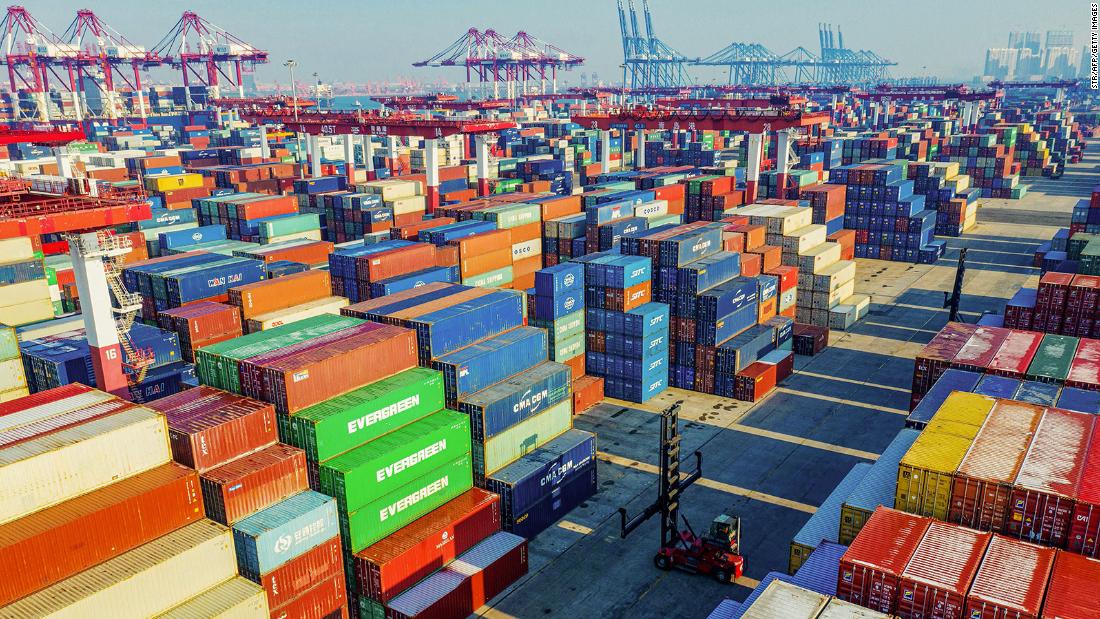“Amid all the noise about decoupling and deglobalization, somewhat unexpectedly, the pandemic has deepened ties between China and the rest of the world,” wrote Larry Hu, Macquarie Capital’s chief economist for China, in a Research Report.
“After recovering from its own Covid-19 crisis, China was open for business when the pandemic generated huge demand in the United States (and other countries) for Covid-19-related products,” said Kuijs.
China’s trade relationship with the United States, however, has become even more unbalanced: Beijing’s trade surplus with Washington rose to $ 317 billion in 2020, an increase of 7% over the previous year and the second highest figure already registered, according to Iris Pang, chief economist for Greater China at ING. The amount is only $ 7 billion shy of 2018 levels, when Trump launched a violent trade war to correct what he called an unequal relationship with the world’s second largest economy.
“Judging by the increase in US imports from China in 2020, it seems fair to say that Trump’s trade war with the country has failed,” said Kuijs. said.
“Like [China] it plays a critical role in many supply chains and remains a fundamentally very competitive place to produce, it’s much easier said than done to ‘decouple’ it, “said Kuijs.
China’s future is not without its challenges, however. Analysts stress that President-elect Joe Biden is unlikely to reverse some of the pressure on the country after he takes office next week.
“The Biden government will take a different, less combative and firmer approach to China,” said Kuijs. “But it is not politically possible for Biden to remove tariffs on Chinese products anytime soon.”
